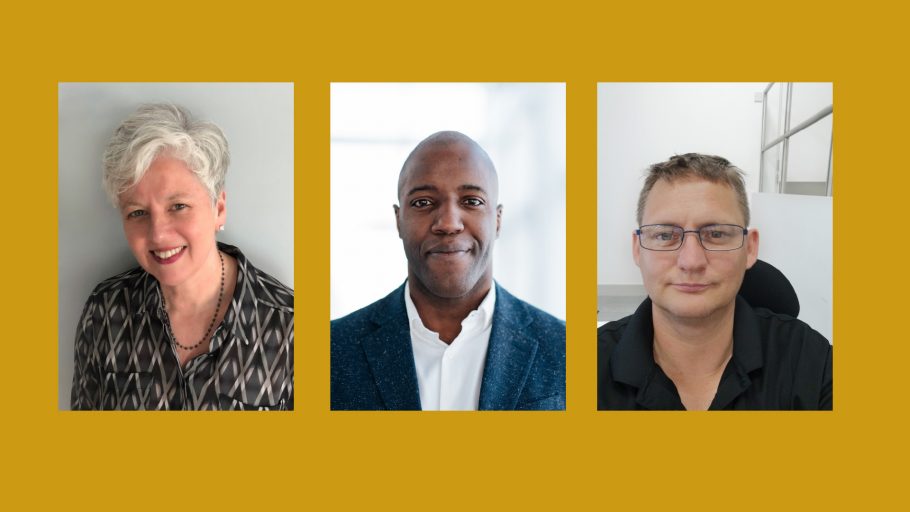Developing a truly diverse and inclusive workforce is vital to every company, but perhaps even more so for data centers. The data center sector is fast growing and extremely hungry for talent. As an industry, we need to attract more employees, while doing everything we can to retain the ones we have. To accomplish this, we need to create cultures of belonging, ones that acknowledge and respect individual differences and backgrounds–an approach that is fundamental to our ability to succeed both in business and as corporate citizens of the world.
And, yet, as we seek to make our teams more diverse and inclusive, there are challenges that need to be addressed. First are the macro challenges, which include a lack of candidates with diverse backgrounds and inherent biases that exist within hiring processes. Second, we must work just as hard to retain a diverse set of employees as we do to attract new and diverse job candidates. Third, we must communicate the right messages, both internally and externally, to reinforce the importance and values we place on diversity and inclusion.
Macro Hurdles
The macro challenges cannot be solved by one company alone. Our industry must work together with secondary schools, trade schools, colleges and universities to improve opportunities for candidates with diverse backgrounds. This is a longer-term effort, and it varies by region, but we must take deliberate, collective steps to address it.
However, looking at shorter term, we can work to proactively identify and mitigate the unconscious biases often seeping into the hiring process. Unconscious bias refers to stereotypes individuals subconsciously harbor towards others. When bias shows up during the hiring process, it may hinder efforts to consider diverse candidates.
Although unconscious bias is inherent and never can be eradicated completely, there are steps companies can take today to filter it from their hiring processes. For example, Vantage has implemented a training program that helps employees address, recognize and reframe their own biases. Thanks to this training, our team is better equipped to put aside biases during the recruitment process, enabling them to focus more objectively on the strengths of each candidate.

Note that it’s important to hire the best qualified candidate for the role, not necessarily the most qualified candidate, since that could be limiting. Instead, develop a specific set of necessary qualifications for the role to be filled and match candidates with that list.
For example, let’s look at how organizations include in their job postings that related experience or a college degree is required, whether for someone handling government affairs or facilities management. These actions generally net candidates who look and feel like the team an organization already has. Eliminating limitations like this in the job description specifically opens the candidate pool to include a wider range of people and, in turn, increases the chances for a broader talent pool.

